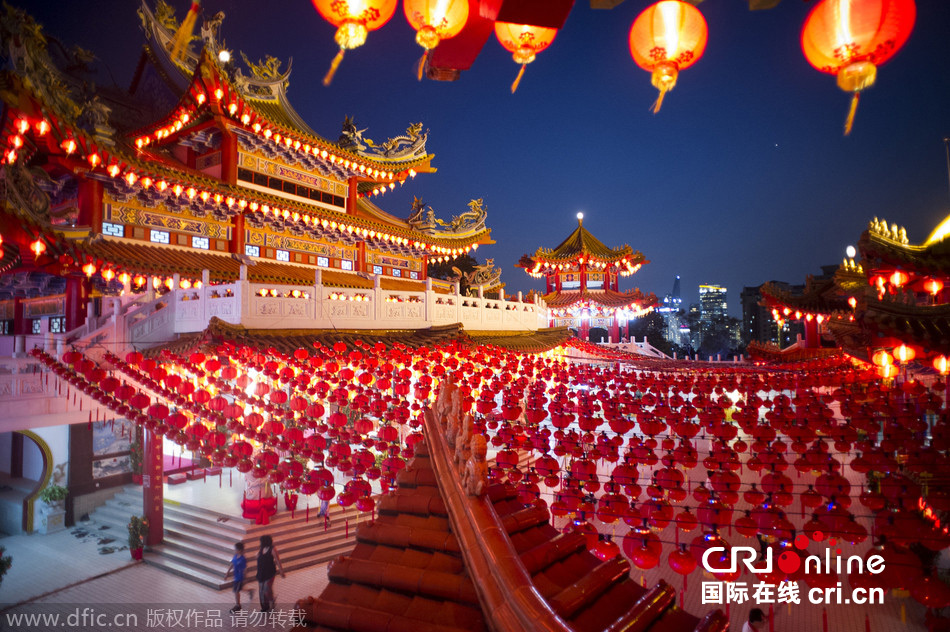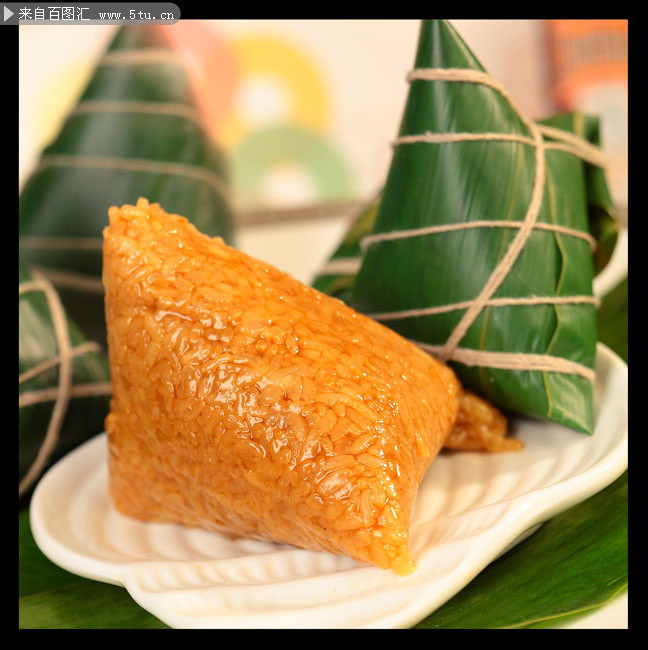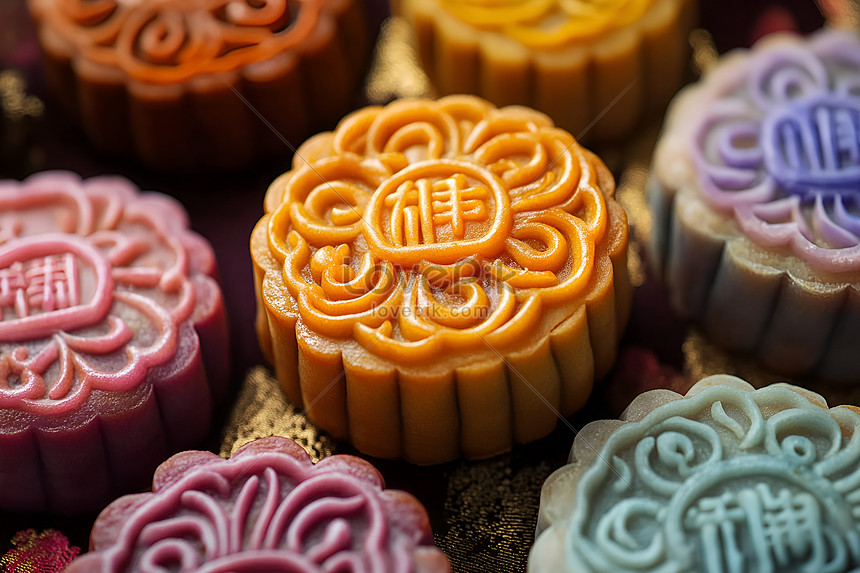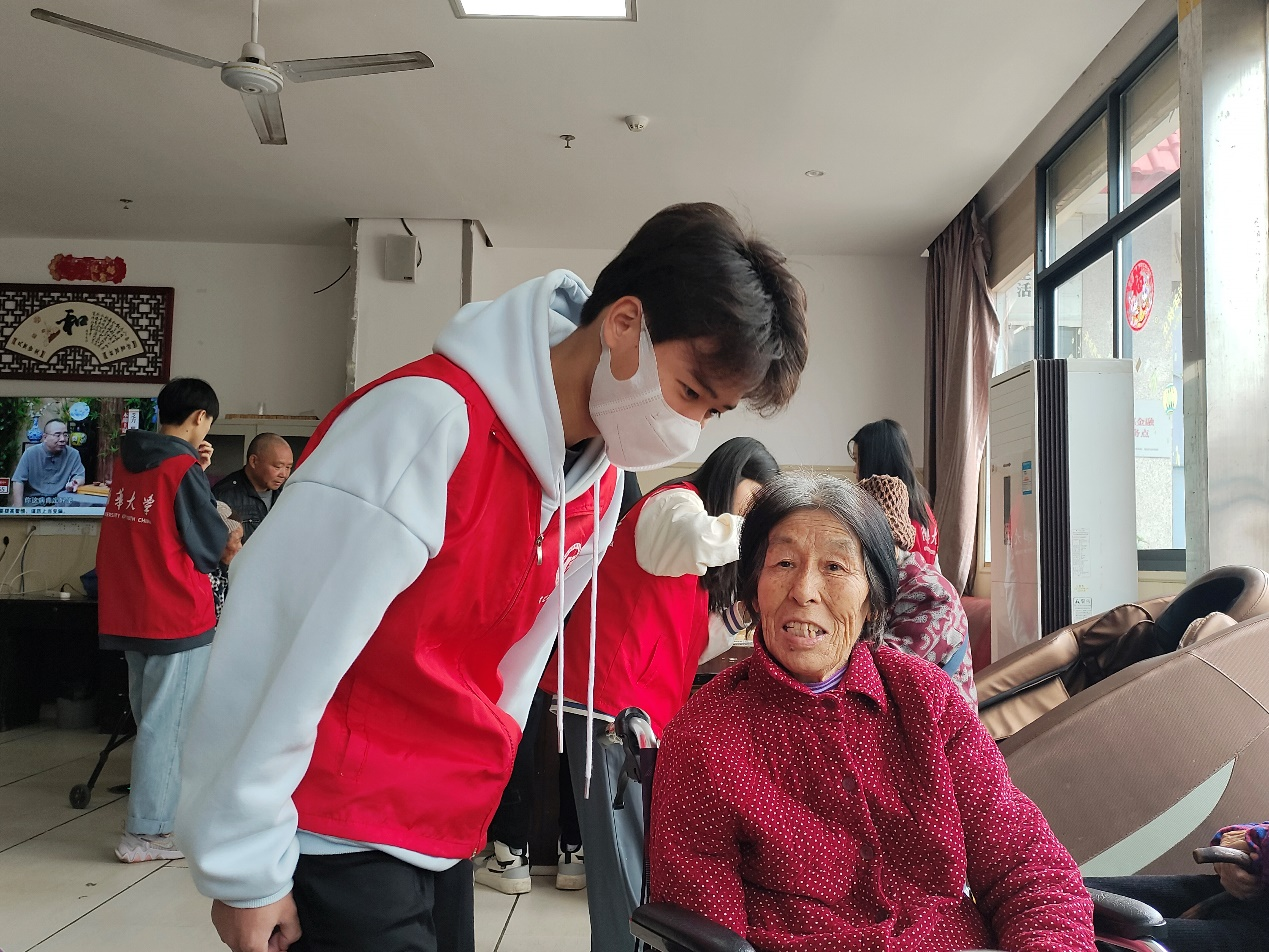ScinoRhythm Course——The Chinese Lunar Calendar: The "Time Code" of Traditional Festivals
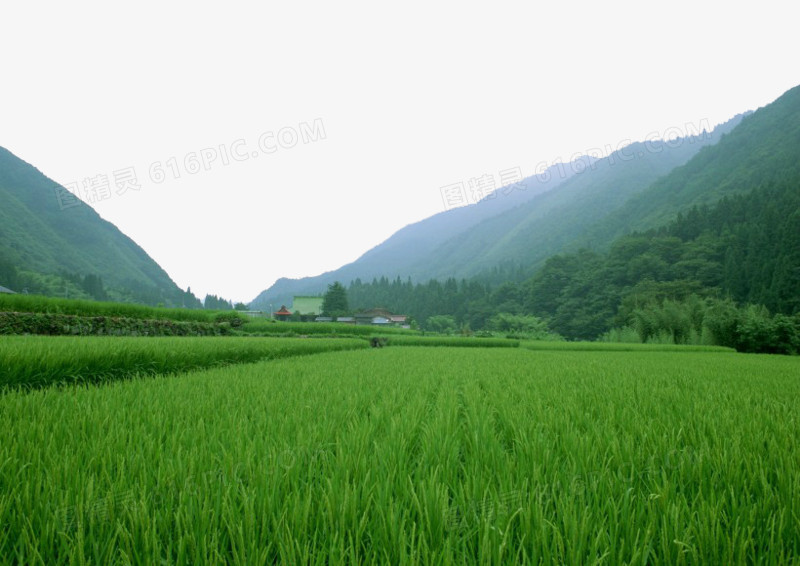
The Chinese Lunar Calendar: The "Time Code" of Traditional Festivals
Welcome to Huayun Classroom! This article, exclusively published by ScinoRhythm, is about traditional Chinese festivals. It's relatively easy and suitable for beginners learning Chinese. If you enjoy ScinoRhythm's courses, feel free to subscribe to our private tutoring sessions and enjoy various discounts.#Chinese learning #Mandarin language learning #Affordable online Chinese courses #Mandarin native teacher
What is the Lunar Calendar?
In China, people use two calendars: the Gregorian calendar(阳历 solar calendar) and an ancient system called the Lunar Calendar(农历 Nónglì). Unlike a pure lunar calendar (based only on the moon), the Chinese lunar calendar is alunisolar calendar: it follows both the moon’s phases (lunar cycles) and the sun’s seasonal changes (solar cycles). This unique combination allows it to reflect both moon phases and the four seasons. With a history of thousands of years, it was originally used by farmers to guide planting and harvesting—hence the name "农历 Nónglì".
Key Features: Solar Terms and Leap Months
1. The 24 Solar Terms: Nature’s "Alarm Clock"
The most important part of the lunar calendar is the24 Solar Terms(节气 Èr shí sì Jié qì). Ancient Chinese divided the year into 24 periods, such as 立春(Lìchūn), 清明(Qīngmíng), and冬至 (Dōngzhì). These terms, based on the sun’s position, accurately mark seasonal changes and are still used today to plan farming and daily life.
2. Leap Months: Keeping Time "On Track"
A lunar year has 12 months: 30 days for "big months" and 29 days for "small months," totaling about 354 days—11 days shorter than a Gregorian year. To align the lunar calendar with the seasons, leap months (闰月 Rùnyuè) are added: 7 leap months every 19 years (e.g., "leap February" or "leap June"). This makes some years have 13 months; for example, 2023 had a "leap February," resulting in a 384-day lunar year!
Traditional Festivals: Cultural Treasures in the Lunar Calendar
Most Chinese traditional festivals follow lunar dates, serving as "living fossils" of Chinese wisdom and culture:
1. Spring Festival (Lunar New Year’s Day)
China’s most important festival marks the start of the lunar new year. Families gather for reunion dinners, 贴春联 (tiē chūnlián), set off firecrackers, and eat dumplings or rice cakes. It’s a time for blessings and new beginnings.
2. Dragon Boat Festival (5th day of the 5th lunar month)
Honoring the poet Qu Yuan, people eat 粽子(zongzi), race dragon boats, and hang mugwort to ward off evil. This festival reflects ancient efforts to stay healthy during summer.
3. Mid-Autumn Festival (15th day of the 8th lunar month)
On this night, the moon is at its fullest, symbolizing reunion(团圆Tuányuán). Families admire the moon, eat mooncakes, and reunite—"A full moon means family togetherness" is a cherished Chinese saying.
4. Double Ninth Festival (9th day of the 9th lunar month)
The number "9" is considered lucky (阳Yáng, positive energy). People climb mountains, wear dogwood, and honor the elderly, emphasizing respect for elders.
Why the Lunar Calendar Still Matters Today
Though China uses the Gregorian calendar officially, the lunar calendar remains deeply tied to culture: traditional festivals, zodiac years (e.g., "Year of the Dragon"), and fortune-telling all rely on it. It’s not just a calendar—it’s a bridge connecting Chinese people to their history, nature, and families.
Chinese Vocabulary List
农历:Nónglì (Lunar Calendar (lunisolar))
阳历:Yánglì (Gregorian (Solar) Calendar)
节气:Jiéqì (Solar Terms (24 seasonal points))
闰月:Rùnyuè (Leap Month)
春节:Chūnjié (Spring Festival (Lunar New Year))
端午节:Duānwǔjié (Dragon Boat Festival)
中秋节:Zhōngqiūjié (Mid-Autumn Festival)
团圆:Tuányuán (Family Reunion)
饺子:Jiǎozi (Dumplings (traditional food))
月饼:Yuèbǐng (Mooncake (Mid-Autumn pastry)
This calendar is more than dates—it’s a story of how Chinese people live in harmony with nature and tradition. Enjoy exploring its magic through festivals!
